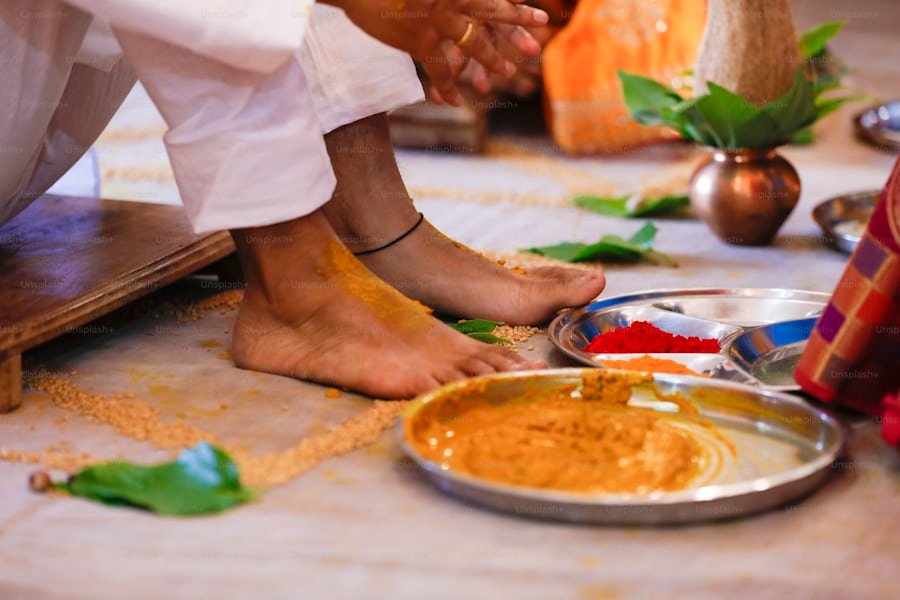Sangam Day is a huge occasion celebrated in different pieces of India, especially in the territory of Tamil Nadu. The expression “Sangam” alludes to the conversion of at least two waterways, and in the social setting, it represents the approaching together of various thoughts, customs, and networks. The most popular Sangam in India is the conjunction of the Ganges, Yamuna, and legendary Saraswati waterways in Allahabad (Prayagraj), yet the idea of “Sangam” is likewise utilized allegorically to address the association of assorted social and profound perspectives.
What is Sangam Day?
Sangam Day is a festival that recognizes the juncture of various societies, profound practices, and customs. In Tamil Nadu, it has an extraordinary association with the three Tamil Sangams – old scholarly congregations that assumed a critical part in forming Tamil writing and culture. These Sangams are accepted to have prospered in the Tamil-talking world at various places ever, encouraging imagination, scholarly trade, and creative development.
Sangam Day is a method for respecting the extravagance of these customs, pondering their effect on contemporary society. It is seen with different widespread developments, including artistic conversations, verse readings, music, dance, and strict functions.
When is Sangam Day Celebrated?
The festival of Sangam Day changes across districts, contingent upon neighborhood customs and schedules. Nonetheless, it is much of the time saw during the Tamil month of Margazhi (mid-December to mid-January), lining up with the celebration of Pongal and other customary Tamil festivals. The day ordinarily incorporates social affairs where individuals take part in conversations about the set of experiences and meaning of the old Sangams and their commitment to Tamil culture.
For what reason is Sangam Day Significant?
Sangam Day is significant on the grounds that it fills in as a sign of the profound social roots and scholarly legacy of Tamil human progress. The three Sangams, which are viewed as old artistic social events, gave a stage to researchers, writers, and specialists to trade information and thoughts. The Sangams are likewise credited with saving and advancing Tamil writing, which has impacted the improvement of the language and its writing.
In present day times, Sangam Day is an approach to praising this inheritance, empowering individuals to consider their common social legacy and the qualities that have been gone down through ages. It likewise encourages a feeling of solidarity and inclusivity among different networks.
Key Features of Sangam Day Festivities
- Cultural Events: Individuals take part in melodic and dance exhibitions, displaying customary Tamil artistic expressions like Bharatanatyam, Carnatic music, and Tamil people moves.
- Literary Discussions: Essayists, writers, and researchers assemble to examine crafted by old Tamil artists and the significance of the Sangam time in molding Tamil character and culture.
- Religious Rituals: In certain districts, Sangam Day incorporates unique petitions and customs at sanctuaries to respect the divinities related with the antiquated Sangams, especially the Hindu divine beings who are worshipped in Tamil Nadu.
- Feasts and Gatherings: Families and networks frequently meet up for a celebratory feast, getting a charge out of conventional Tamil food.
Often Clarified some things (FAQs) about Sangam Day
1. What is the meaning of Sangam Day?
Sangam Day praises the social and scholarly legacy of Tamil Nadu, especially the antiquated Tamil Sangams, which were get-togethers that advanced Tamil language, writing, and workmanship. It mirrors the solidarity of different Practices and networks.
2. Is Sangam Day celebrated exclusively in Tamil Nadu?
While Sangam Day is most unmistakably seen in Tamil Nadu, the idea of the Sangam and its social importance is perceived in different locales of India too, particularly in places with a huge Tamil diaspora.
3. How in all actuality do individuals observe Sangam Day?
Festivities incorporate social exhibitions, abstract conversations, strict customs, and local meetings. Music, dance, verse, and food are essential pieces of the occasion.
4. What are the Tamil Sangams?
The Tamil Sangams were antiquated artistic gatherings that aided shape Tamil writing. The principal Sangam is accepted to have existed in the lost city of Kumari, and the third Sangam was situated in Madurai, where writers and researchers would meet up to make and safeguard Tamil writing.
5. Could anybody at any point take part in Sangam Day celebrations?
Indeed, Sangam Day festivities are available to general society. It’s a local area situated occasion that welcomes individuals, everything being equal, to participate in social exercises, go to exhibitions, and find out about Tamil legacy.
Sangam Day is something beyond a comprehensive development; it’s an indication of the getting through tradition of Tamil writing, craftsmanship, and local area. It unites individuals to respect the rich practices of the past while anticipating a future where these traditions keep on flourishing. Whether through verse, dance, or public social affairs, Sangam Day offers a potential chance to praise the solidarity that comes from shared social qualities and the ageless magnificence of the Tamil lifestyle.

